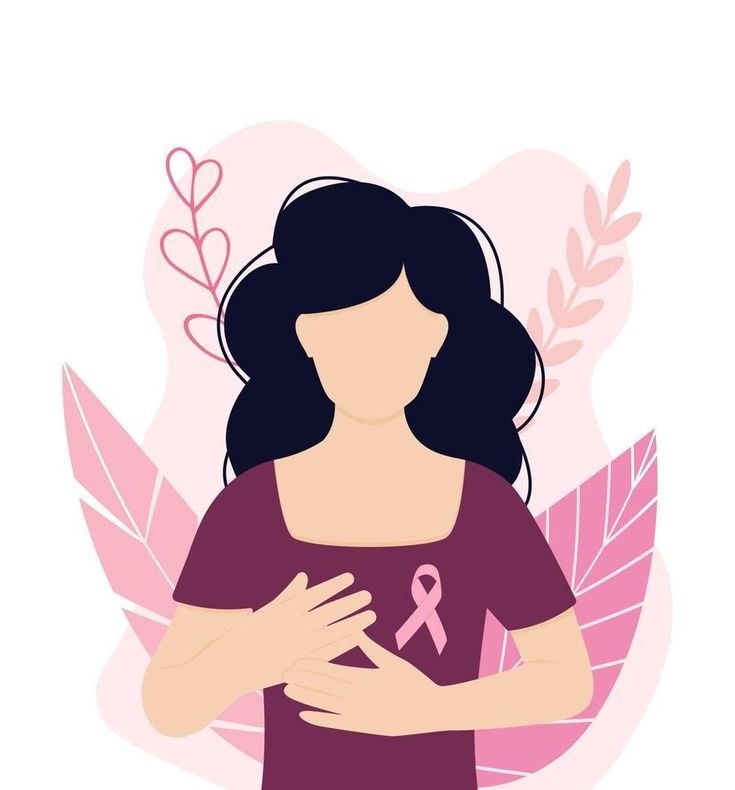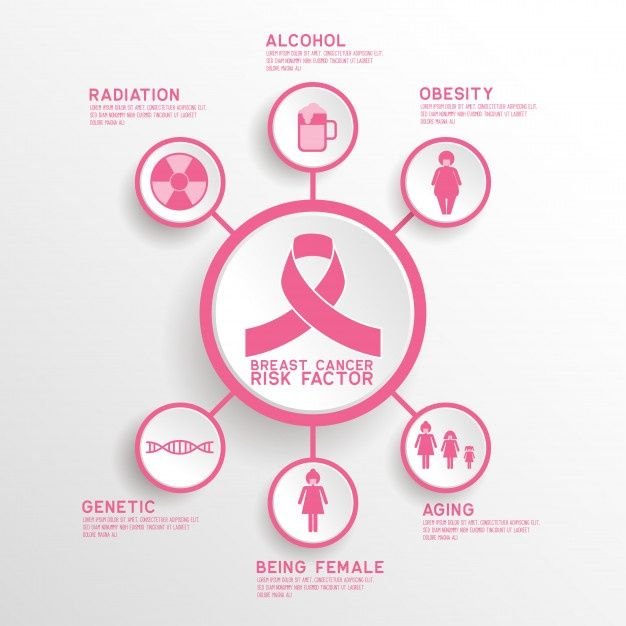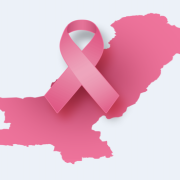
Breast cancer is a pervasive concern for women around the world, but early detection can significantly increase the chances of successful treatment. One crucial tool in the fight against breast cancer is regular self-examination. By learning how to perform a self-breast examination, individuals can actively participate in monitoring their own breast health and potentially rule out breast cancer or detect it in its early stages.

Understanding the Importance of Self-Examination
Self-exams are a simple yet effective way to screen for breast abnormalities. They can be performed regularly and at no cost, making them accessible to women of all backgrounds. A self-breast exam allows you to become familiar with the look and feel of your breasts, making it easier to notice any unusual changes. Early detection of breast cancer often leads to more successful outcomes, making self-examinations a crucial component of breast health.
Step-by-Step Guide to Self-Examination
1. Choose the Right Time
Self-examine your breasts at the same time each month, ideally a few days after your menstrual period, when your breasts are less likely to be tender or swollen.
2. Visual Examination
Begin by standing in front of a mirror with your arms at your sides. Look for any changes in the size, shape, or appearance of your breasts. Note any dimpling, puckering, or changes in the skin.

3. Raise Your Arms
With your arms raised overhead, check your breasts for the same visual changes. This can help reveal any abnormalities that were not visible in the previous position.
4. Lying Down
Lie on your back with a pillow or folded towel under your right shoulder and your right arm behind your head. Use your left hand to examine your right breast. Use the pads of your fingers in a circular motion, covering the entire breast. Check for lumps, knots, or any unusual changes. Repeat the process for the left breast.
5. Standing or Sitting
Lastly, feel your breasts while standing or sitting. Use the same circular motion with your fingers. Ensure you check both breasts thoroughly, including the underarms.

What to Look For
When performing a self-breast examination, be aware of any changes, such as lumps, thickening, dimpling, or discharge. If you find any unusual abnormalities during your self-exam, don’t panic but consult a healthcare professional promptly. Not all lumps or changes are indicative of cancer, but it’s essential to rule out any potential issues.
Regular self-breast examinations are a proactive step in breast cancer prevention and early detection. They empower individuals to take control of their breast health, increasing the likelihood of detecting breast cancer in its early stages when it’s most treatable. Remember, while self-exams are valuable, they should complement, not replace, regular mammograms and clinical breast exams. Stay vigilant, and prioritize your breast health for a brighter, healthier future.





